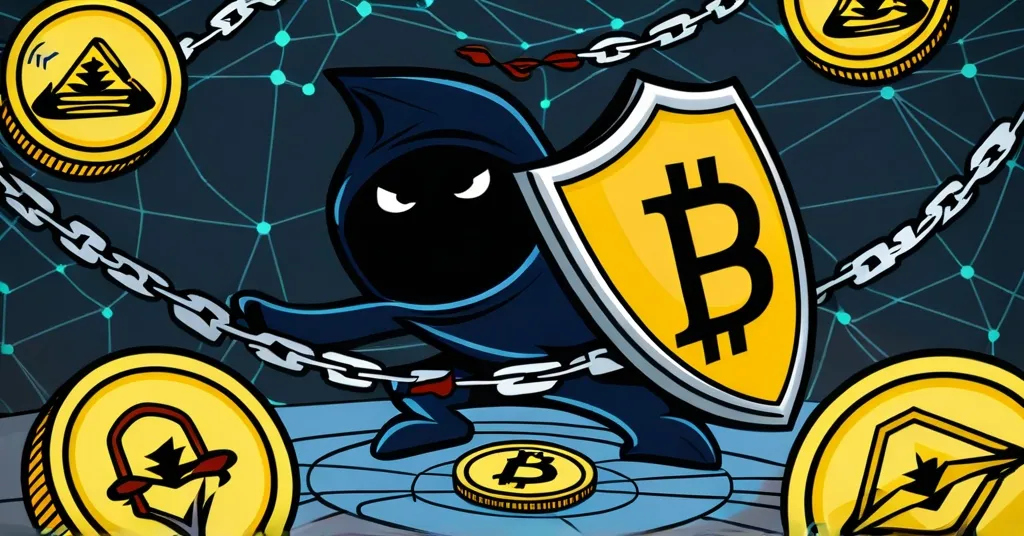Dark Web Surge in Crypto-Drainer Threats: A Call for Enhanced Security Measures

The Rising Menace of Crypto-Drainers on the Dark Web
The dark web has become a magnet for cybercriminals capitalizing on crypto-drainers, with discussions about these malicious tools surging by 135% according to cybersecurity firm Kaspersky. These crypto-drainers pose a severe threat to the security of digital financial assets, as they are specifically designed to deplete cryptocurrency wallets through deceit and manipulation.
- Crypto-drainer discussions on dark web forums increased from 55 threads in 2022 to 129 in 2024.
- Phishing scams and fake airdrops are commonly used to execute crypto-drains.
- There has been a 40% rise in posts selling corporate data on these forums.
- Cybercriminals are moving back to dark web environments due to bans on Telegram.
- The Middle East faces heightened risks of cyber threats, including hacktivism and ransomware.
Understanding Crypto-Drainers
Crypto-drainers are malicious software tools that exploit unsuspecting users, often through phishing tactics. These scams usually involve fake websites or offers, such as airdrops, which are falsely promoted as opportunities to receive free cryptocurrency. Users innocently provide their wallet credentials, unknowingly granting access to cybercriminals who rapidly drain their funds.
Dark Web’s Role in Cyber Threats
As Telegram faces increased scrutiny and crackdowns from law enforcement, cybercriminals are retreating to the anonymity and security of dark web forums. These spaces enable the exchange of malware and hacking tools, often through Malware-as-a-Service (MaaS)—a subscription-based model providing access to malware. This shift marks a troubling evolution in cybercrime tactics, demanding heightened vigilance from cryptocurrency users and platforms.
The Middle East: A Vulnerable Target
Geopolitical tensions have exacerbated cybersecurity vulnerabilities in the Middle East, with a noted increase in ransomware attacks from 28 to 45 victims in the first half of 2024. Hacktivism—politically motivated hacking—is on the rise, exploiting unrest and targeting essential infrastructure. This trend signals an urgent need for robust security protocols in the region to counteract these complex threats.
Alexander Zabrovsky, a cybersecurity authority at Kaspersky, warns that “this upward trend in crypto-drainer activity is likely to continue in 2025.” His cautionary words highlight the necessity for advanced security measures and greater awareness among cryptocurrency holders.
Protective Measures and Collaboration
Amid these cyber threats, it’s crucial for individuals and organizations to bolster their defenses. Implementing multifactor authentication, using secure wallet providers, and staying informed about phishing tactics can mitigate risks. Additionally, collaboration between cybersecurity firms, government bodies, and tech companies is essential. Successful examples of such partnerships have shown significant progress in tracking and dismantling cybercrime networks.
As cybercriminals adapt and evolve, the digital world must remain proactive in safeguarding assets and information. By understanding the mechanics of crypto-drainers and the motivations behind cybercrime, we can better prepare and protect ourselves against these persistent threats. The call to action is clear: stay informed, stay secure, and ensure your digital defenses are as robust as possible.



